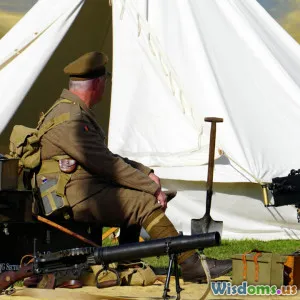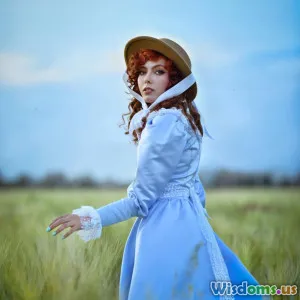
Secrets Behind Victorian Era Women’s Daily Beauty Routines
18 min read Discover the surprising beauty secrets that defined women’s daily routines in the Victorian era, blending tradition, innovation, and societal trends. (0 Reviews)
Secrets Behind Victorian Era Women’s Daily Beauty Routines
The Victorian era (1837–1901) cast an enduring, romantic spell over the world of fashion and beauty, one that still fascinates many today. Unlike modern skincare aisles packed with products, Victorian women carved their own beauty routines from everyday items and household ingenuity. From ingenious uses of natural ingredients to subtly navigating society’s strict rules, their daily rituals combined necessity, resourcefulness, a dash of risk, and plenty of painstaking routine. Let’s unlock these captivating secrets and discover how Victorian women pursued beauty far ahead of their time.
A Subtle Canvas: Complexion as the Pinnacle of Beauty
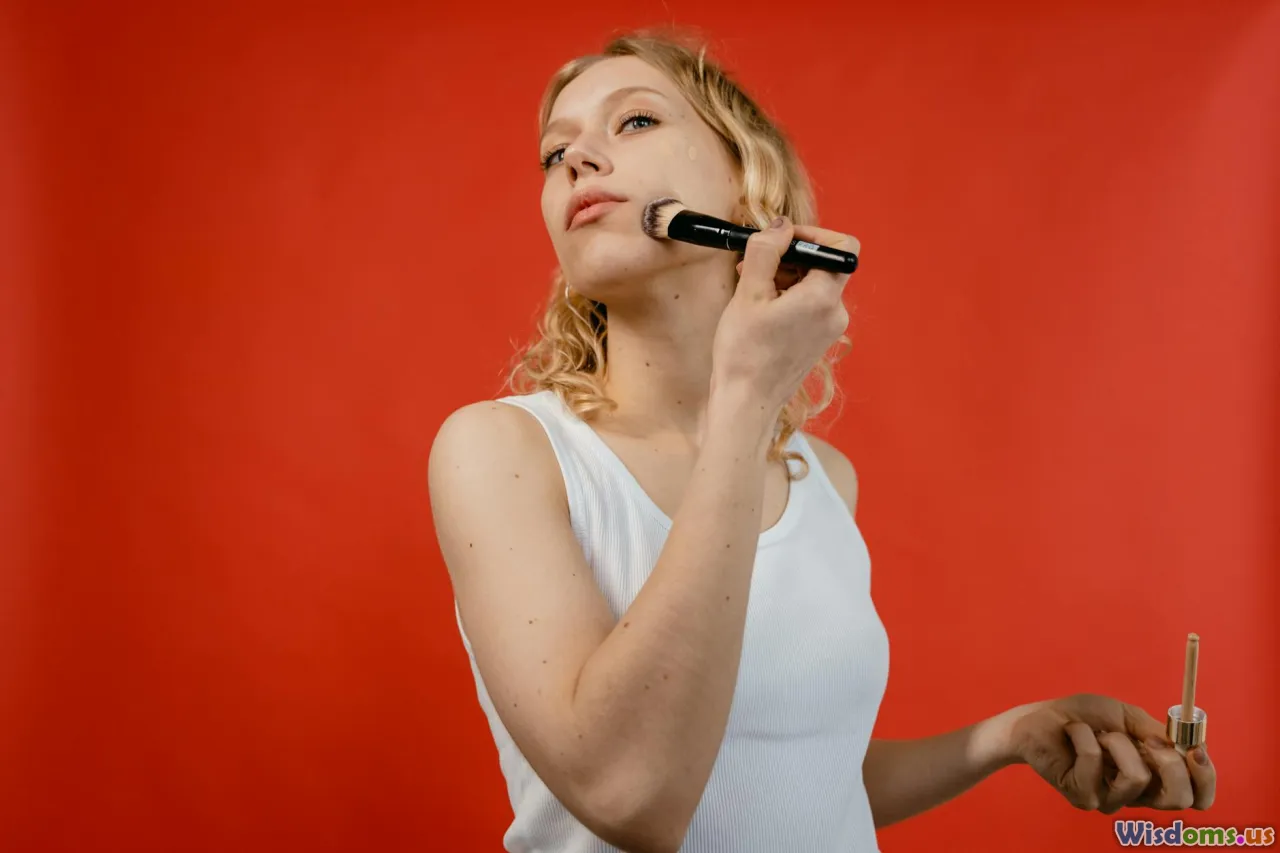
In Victorian Britain, the ideal woman’s complexion was pale, luminous, and unblemished—reflecting gentility and a life free from manual labor. Tanned or ruddy skin suggested outdoor work and lower social standing. Hence, attaining a faultless fair complexion was paramount, and women devised elaborate means to protect, perfect, and preserve their skin.
Sun Avoidance and Daily Shields!
Unsurprisingly, avoidance of sunlight was a core strategy. Parasols, brimmed hats, long gloves, and high-neck collars were wardrobe musts—even on cloudy days. For example, a 19th-century women’s magazine advised, “Protect the neck and hands with kid gloves and never venture out for even a short stroll at midday!” At home, many women even kept to shaded rooms, avoiding exposure behind drawn curtains.
Cleansing Rituals and Homemade Elixirs
Face washing wasn’t a matter of a simple rinse. Morning and evening, women washed their faces with mixtures like rosewater, rainwater collected from barrels, or milk—believed to soften and lighten the skin. Some added lemon juice, cucumber, or even finely ground oatmeal for gentle exfoliation.
A do-it-yourself recipe for a Victorian facial cleanser went as follows:
Rosewater & Glycerine Cleanser: Mix one tablespoon of glycerine with three tablespoons of rosewater and apply with a soft cloth for a gentle cleanse and tone.
The Dangers Behind White Faces
Desperate for alabaster skin, some women resorted to creams containing white lead, mercury, or even arsenic—a grave misstep by modern standards. While these substances temporarily brightened the skin, they often caused rashes, hair loss, or more serious health problems with prolonged use. The story of English actress Ellen Terry reports that she suffered from lead poisoning due to lead-based makeup while pursuing “the ideal porcelain glow.”
The Art of Victorian Makeup: Hide, Don’t Reveal
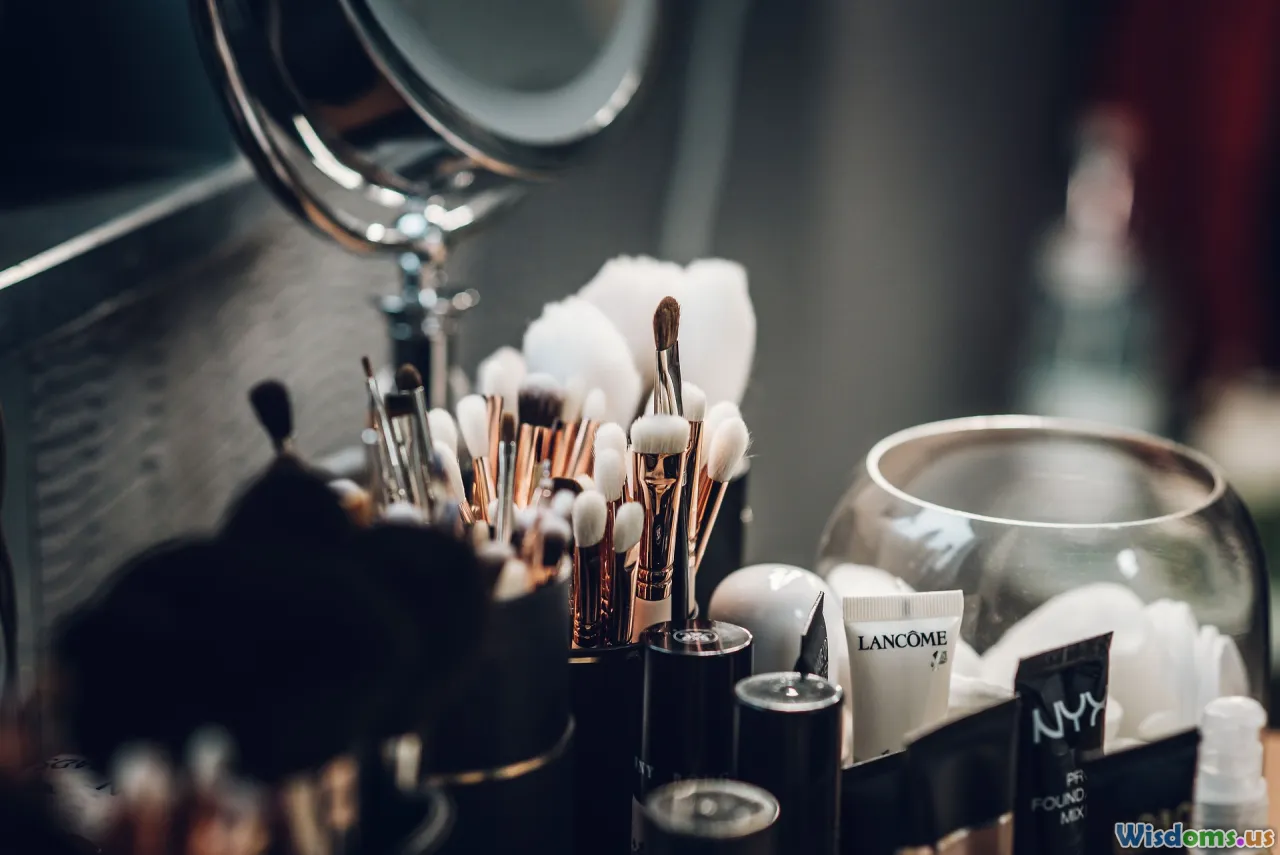
Makeup in the Victorian era was an open secret. Outright cosmetic use was scandalous, reserved for actresses or ‘fallen women,’ so most respectable women were masters of subterfuge, creating the illusion of "waking up flawless." How did they walk this delicate line?
Covert Color with Natural Ingredients
To achieve a subtle blush, ladies tapped into nature’s palette:
- Beet juice mixed with a touch of vinegar was dabbed onto cheeks for a healthy flush.
- Crushed strawberries served as a fresh-tinted lip stain or rouge.
- Some recipes included carmine (from cochineal insects) for lip balms, at their riskiest.
Women blended these concoctions with moisturizer or vaseline (then known as ‘petroleum jelly’) for a less obvious finish. The key was to deny using anything, while cultivating a softly radiant appearance—a challenge echoed by etiquette writers who warned, "Nature, not artifice, must be your only artist!"
Eyebrows and Eyes the Victorian Way
Lush eyebrows were less in vogue than today’s standards. Overly defined brows were deemed improper, so only stray hairs might be plucked. For lashes and brows, women might occasionally use burnt clove powder, applied sparingly, for definition. To brighten the whites of eyes, a drop of belladonna extract (deadly nightshade) was a fad among the boldest—though dangerous and short-lived because of vision risks.
Cleansing and Moisturizing: Behind the Victorian Bathroom Door

Daily washing was an elaborate ceremony even before modern bathrooms were common. Water was often fetched by hand and heated, making a real bath a rare luxury for many. Instead, focus was on “ablutions”—targeted washing of the face, neck, and hands.
Cold Creams: An Enduring Invention
An all-in-one beauty staple, cold cream, was central to skincare. Victorian versions typically blended:
- White beeswax
- Almond or olive oil
- Rosewater
These provided essential moisture, shielded the skin from harsh weather, and removed the day’s dust and soot (a constant urban adversary). Recipes passed between friends and appeared in publications like Mrs. Beeton’s Book of Household Management, where women tweaked formulas to suit their complexion or local climate.
Soap: Natural and Handmade
Mass-produced soap existed, but women making their own was the norm. Oatmeal, honey, and mutton tallow were common ingredients, with regional variations for different skin types.
- Perfumed soaps boasted popular scents like violet or lavender, reinforcing gentility.
- Charcoal or oatmeal-based soaps were used as exfoliators—gentle, yet effective on urban grime.
Victorian wisdom included letting skin "breathe" at night by sleeping bare-faced and pillowcases refreshed daily.
Haircare: Crowning Glory, Household Remedies
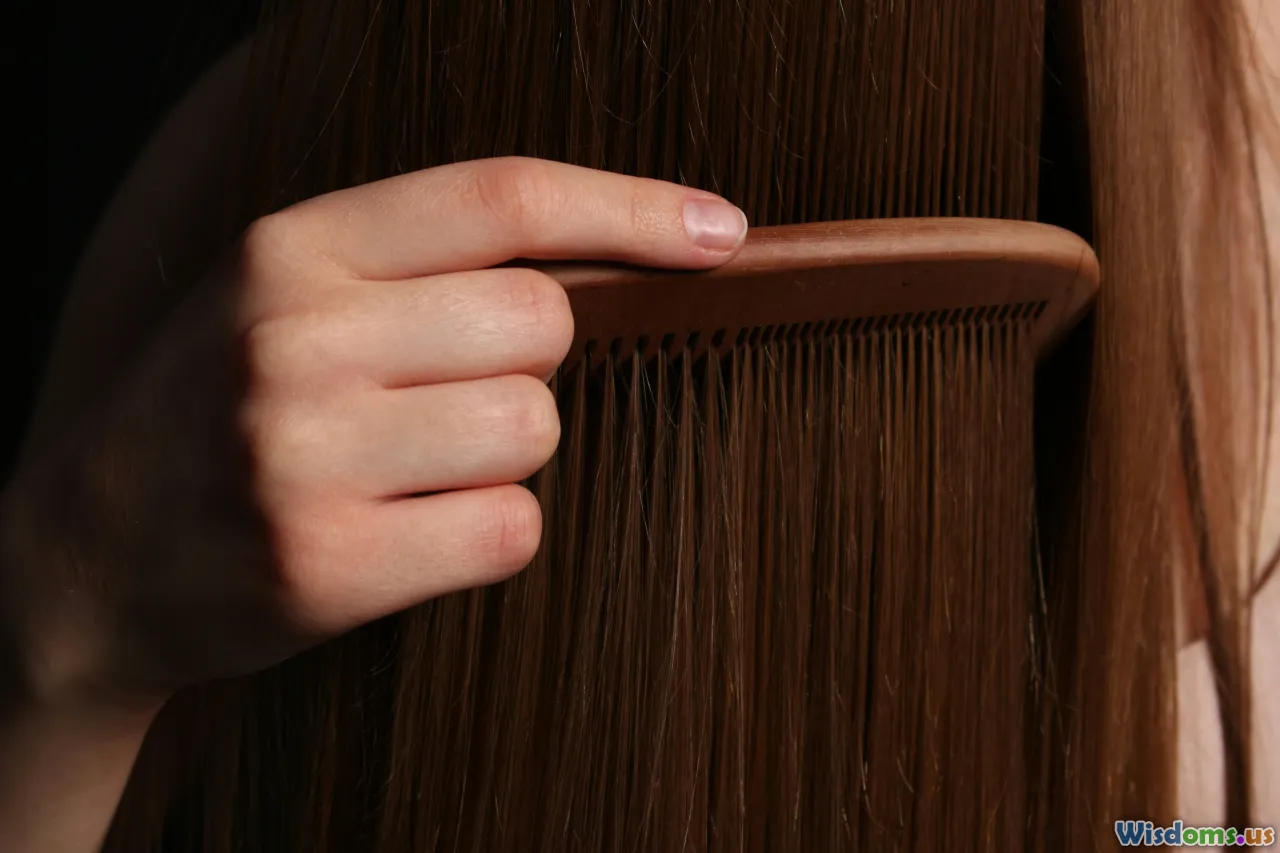
Long, glossy locks were an iconic feature of Victorian femininity, symbolizing vitality and respectability. Many elaborate updos were seen in portraits, but underneath each hairstyle was a rigorous maintenance regime.
Brushing: 100 Strokes a Night
A well-brushed mane was thought essential for healthy hair. The definitive tip? "A hundred strokes each night before bed," advocated beauty guru Harriet Hubbard Ayer. Boar-bristle brushes—the forerunners to today’s luxury brushes—were favored for their gentle, scalp-stimulating touch.
Oil Elixirs and Tonic Remedies
Victorian women relied on a range of homemade tonics for sheen and growth:
- Castor oil was massaged into the scalp to promote shine.
- Rosemary water or vinegar rinses claimed to remove build-up and boost volume.
- Dry shampoo? A mixture of orris root (ground iris root) was used to powder hair and absorb excess oil between washes.
Stories circulate that Queen Victoria herself endorsed Macassar oil, a blend of coconut and palm oils, so much so that antimacassar lace covers appeared on furniture to protect chairs from oily stains.
Washing and Styling
Complete washing might happen only every couple of weeks due to water scarcity or cold. Scented vinegar rosewater could be used as a rinse. For styling, pins and combs fashioned intricate braids, while homemade pomades (with beeswax, fats, and scents) smoothed rebellious locks. Those wishing for extra fullness relied on rats—no, not the animal! A “rat” was a hair pad created from one’s own hair collected from brushing, and tucked into arches to volumize buns or rolls.
Fragrance, Hygiene, and Health: Beneath the Surface
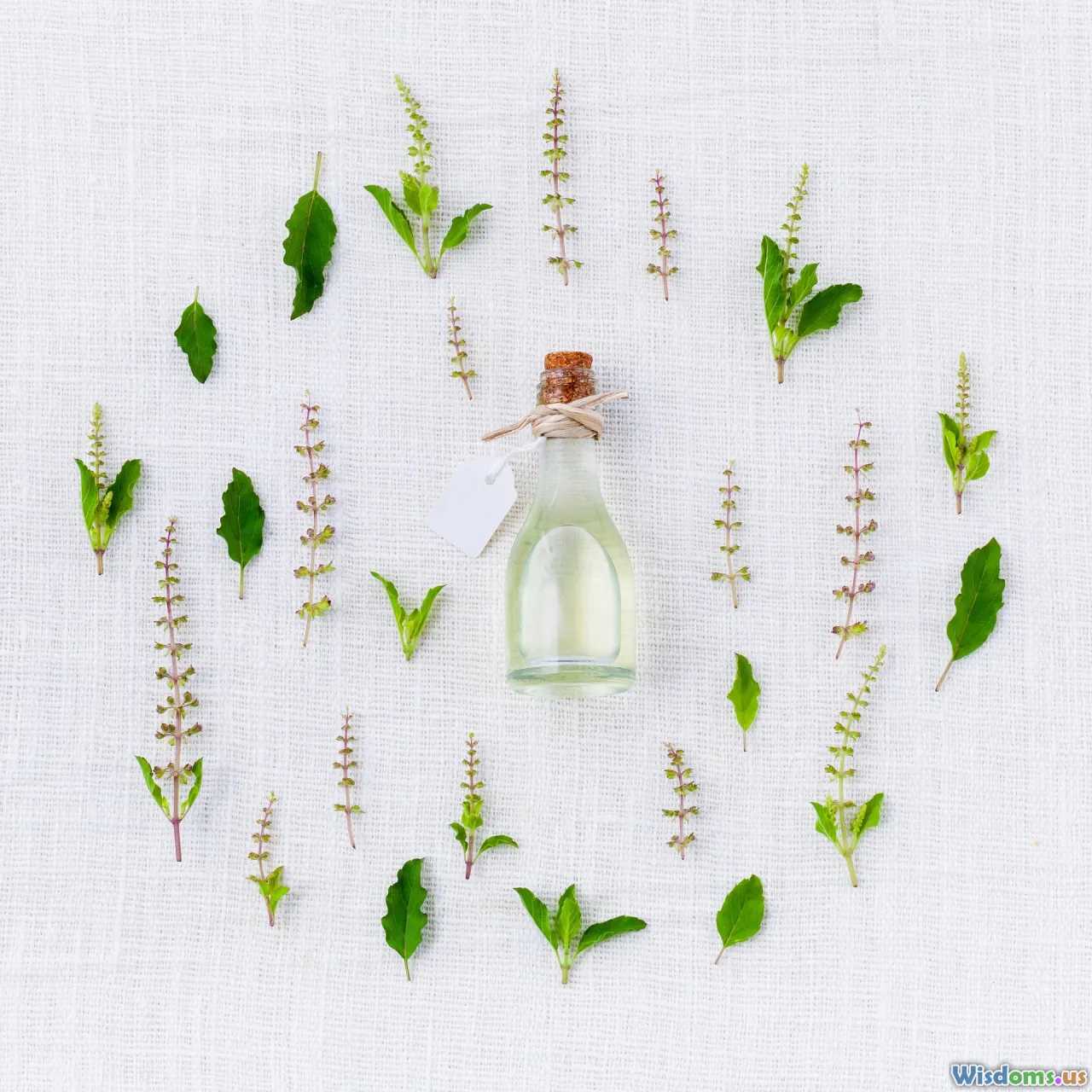
As frequent bathing wasn’t always feasible, Victorian women developed other rituals to stay fresh and fragrant. Hygiene was intertwined with wellness and presentability, shaping daily regimens that went beyond vanity.
Scents of Subtlety
In the absence of deodorant, scents became more than adornment—they were defensive tools. Fragrant waters distilled from rose, lavender, or orange blossom were sprinkled on linens, dabbed onto handkerchiefs, and applied at pulse points. French perfumed vinaigrettes (tiny bottles with sponges soaked in aromatic vinegar) dangled on chatelaines or tucked inside pockets, providing a portable puff of freshness in a crowd.
Dental and Breath Rituals
Dental hygiene was far from today’s standards and often rustic:
- “Tooth powders,” typically baking soda mixed with salt or charcoal, served as toothpastes.
- Mint or myrrh tinctures freshened breath.
- Home remedies prescribed sage leaves rubbed on teeth for whitening, though frequent late-Victorian sugar consumption sometimes undercut these best efforts.
Bathing Practices
Bathing habits varied widely depending on wealth and geography. Wealthier women might indulge in weekly hot baths perfumed with lavender or marjoram. For many, a "full bath" meant washing from a filled basin with soap and scented waters or simply wiping face, neck, and hands with a damp cloth. Bathing rituals were accompanied by the ceremonial donning of fresh white undergarments—crucial markers of cleanliness and status.
Health, Diet, and Exercise: Beauty from Within
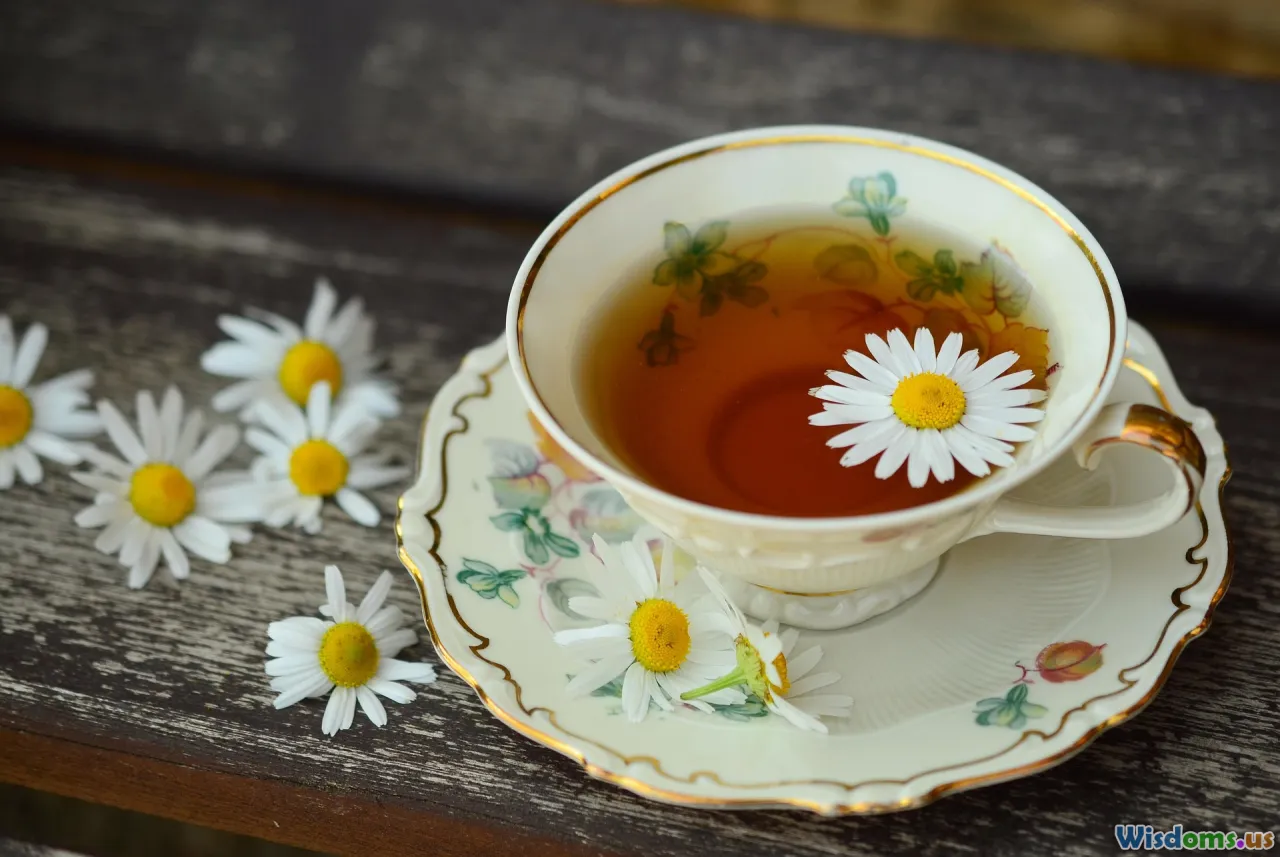
Victorian beauty principles also considered internal wellbeing—diet, lifestyle, and modest exercise. While some dangerous trends (tight corseting, starvation diets) did exist, there was growing advice for gentle health and balance.
Folk Remedies and Herbal Care
Tucked between beauty recipes and social advice in women’s magazines were numerous herbal aids:
- Dandelion tea for clear skin
- Willow bark for aches
- Elderflower or chamomile infusions for youthful complexions and restful sleep
Dietary Tidbits
A balanced, moderate diet—fresh bread, milk, eggs, vegetables, modest sweets—formed the ideal, at least for affluent households. Rich or spicy foods were blamed for "bad skin," while moderation and simplicity were eulogized as beauty’s best friends. There’s evidence, for instance, that Urban middle-class Victorian women often embraced cottage cheese and cucumbers at both breakfast and dinner, associating these foods with restful sleep and smooth skin.
Gentle Exercise and Fresh Air
Although athletic activities were reserved for men, Victorian women were encouraged (by some progressive voices) to walk in gardens or parks. Advice manuals recommended daily strolls—veil and gloves on, of course!—as a means to gain "a healthy bloom," balanced with their overarching avoidance of harsh sun or vigorous exertion.
Wardrobe, Accessories, and Fashion’s Beauty Boost

No beauty routine existed outside the context of the iconic Victorian wardrobe. Strategic clothing choices both protected skin and elevated the wearer’s elegance.
Corsets: Shape and Posture
Beyond mere physical support, wearing a corset molded posture and movement. Despite contemporary debates about corsets’ health impacts—tight-lacing could restrict breathing and organ function—many women saw a good corset as essential to both beauty and stature. An oft-quoted maxim: “No gown, however rich, will give grace unless the corset shapes the body rightly beneath.”
Gloves, Collars, and Bonnets
Stylish gloves not only swathed the hands in elegance but also shielded them from sun, dirt, or coarsening from household work. High collars protected the neck’s delicate skin, and bonnets, loaded with ribbons and feathers, offered both ornament and shady refuge.
Accessories as Part of the Self-Care Routine
Dainty lace handkerchiefs allowed for strategic dabbing of the face during hot moments. Parures (matched sets) of jewelry further elevated the impact of subtle beauty council, drawing attention to a graceful neck or vibrant hair.
Social Pressures, Myths, and Modern Parallels

No discussion of Victorian beauty is complete without examining the rules, myths, and social narratives that generated immense peer pressure and fuelled the creativity behind these routines.
Etiquette, Advice, and Moralizing
Etiquette books like Sarah Josepha Hale’s The Manners of Good Society dictated what was proper and encouraged gentility over glamour. Exposure of beauty "secrets" was reserved only for the closest confidantes. Urban legends—like the story that cold cream "contains the elixir of youth, but keep it away from your suitors lest they question your natural state"—prevailed alongside practical advice.
Changing Attitudes and Household Knowledge
Toward the end of the Victorian era, increased literacy, the rise of beauty magazines, and advancements in chemistry democratized beauty advice. By 1895, off-the-shelf face powders, creams, and even toothpaste could be found in upscale department stores such as Harrods and Selfridges. Some stigmas faded as science boosted safety (replacing arsenic and lead!) and public demand for accessible self-care soared.
Lessons for Today: Embracing the DIY Spirit
Many Victorian self-care secrets echo today’s rising passion for natural, do-it-yourself beauty:
- Homemade facial masks and cleansers
- Pure oils for skin and hair
- Savvy use of wardrobe and accessories to protect and highlight assets
Respecting these historic arts can lead to a more conscious, sustainable beauty routine—one that values both tradition and individual creativity.
The daily beauty routines of Victorian women were a complex interplay of creative ingenuity, scientific mishaps, social expectation, and old-fashioned self-reliance. Beneath the bonnets and behind the veils, these women’s efforts gave rise not only to lasting style but also timeless lessons of self-care, resourcefulness, and grace—shared, whispered, and transformed with every new generation.
Rate the Post
User Reviews
Popular Posts













